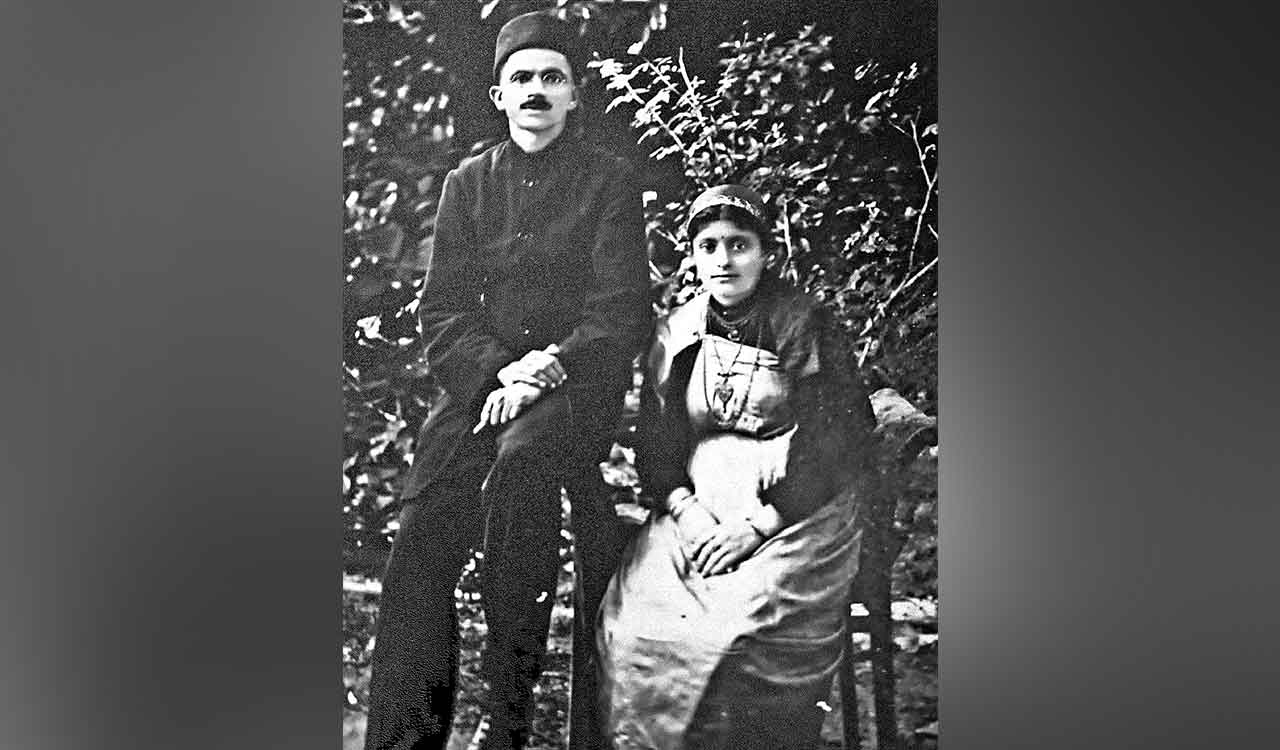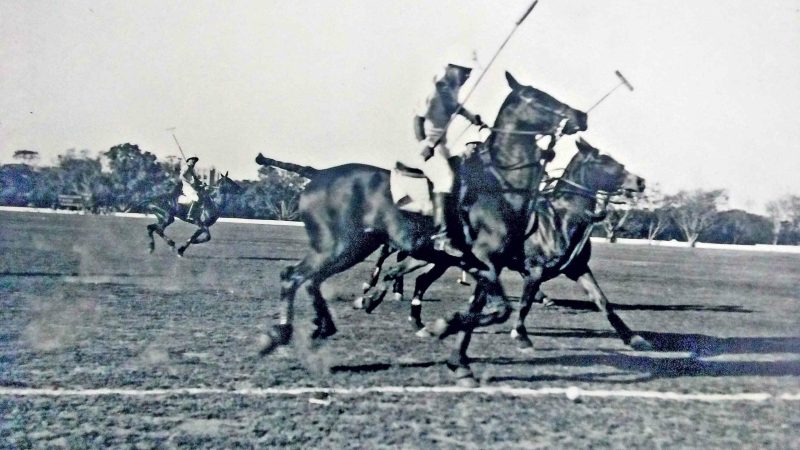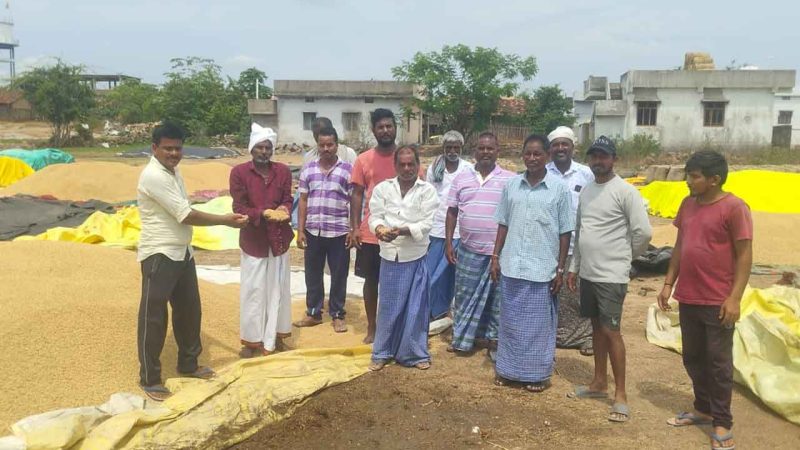Landmark study unravels Coorgs’ ancient genetic history

A genetic genealogy study by a group of researchers has revealed the ancient origin of Coorgs, which presented an insightful evidence that they date back to the late Bronze Age
Updated On – 22 May 2025, 01:44 AM

Hyderabad: For the first time in India, geneticists from Hyderabad and Delhi unravelled the secret origins and demographic history of the Coorgs, a small and religiously/socioculturally homogeneous community in Karnataka.
The genetic genealogy study by a group of genetic researchers has revealed their ancient origin, population drift due to isolation and distinctness from neighbouring populations. The latest study has presented insightful evidence that they date back to the late Bronze Age.
Titled as ‘Unique demographic history and population substructure among the Coorgs of Southern India’, published in the prestigious Nature-Communications Biology (May 2025), has revealed their ancient origin.
The multifaceted analyses indicated clear delineation of the present-day Coorg population into three distinct groups, including Coorg 1, Coorg 2, and Coorg 3. While diverse ethnolinguistic groups such as the Kannadigas, Konkanis, and Tuluvas populating Karnataka, the Coorgs have remained distinct entities, lead researchers K Thangaraj of Hyderabad-based CCMB and B K Thelma from the Department of Genetics, University of Delhi, said.
The study also presented evidence for an ancient origin and unique genetic architecture of the Coorg population. The three distinct genetically heterogeneous clusters date back to the late Bronze Age. However, it is evident that this group had a much higher contribution of ancient Bronze Age Middle Eastern ancestry. The Coorg 1 group has the highest similarity to tribal populations such as Palliyar; it is also distinct from local tribes such as Kurchas, Kurubas, Kurumans and Ezhavas.
Taken together, the results of this study corroborate a model wherein Coorg1 (native) and Coorg3 (neighbouring, with recent local contribution from Sikh Jatt population) all date to the late Bronze Age.
They were initially isolated but eventually converged geographically and admixed genetically to give rise to Coorg2. This model, upheld by the extensive tools utilised in the study, explains the contemporary socio-cultural homogeneity of the present-day Coorgs.
Furthermore, in the case of Coorgs, cultural assimilation occurred much later than their genetic delineation into distinct groups, the researchers in the study said.





